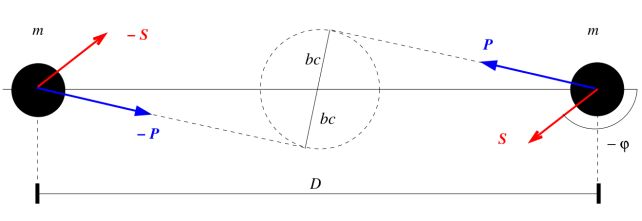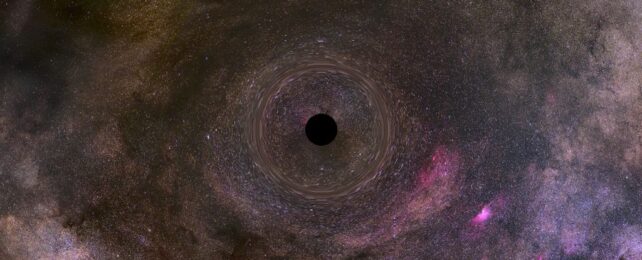Black holes could be right now zooming through the Universe at astonishing speeds just under 10 percent of the speed of light.
Based on simulations of collisions between these extreme objects, that's the maximum velocity black holes can attain following an energetic collision.
That's way faster than previous calculations, suggesting that, while we still have a lot to learn about how black holes collide, we're getting closer to understanding these violent events and their aftermaths.
"We have been able to provide an accurate estimate of the ultimate recoil, product of the high energy collision of two black holes," write researchers James Healy and Carlos Lousto of the Rochester Institute of Technology.
"Extrapolation to extreme spins have led us to estimate the value of 28,562±342 kilometers per second for the ultimate recoil, placing thus a bound for it of below 10 percent the speed of light."

When two black holes merge, the end product doesn't necessarily end up just sitting occupying the original galactic orbital position as the binary. The collision, depending on its energy, can produce a recoil that "kicks" the final black hole – the product of the original two – off on a new trajectory and velocity.
This occurs when the gravitational energy is unevenly distributed, with more emitted in one direction – the result of unequal masses, or spins, or both, in the pre-merger pair of black holes.
Previous estimates put the maximum velocity that could be reached from this effect at around 5,000 kilometers (3,107 miles) per second with respect to its point of origin.
To date, one speeding black hole has been detected that scientists think was the product of a recoil kick. It's traveling at around 1,542 kilometers per second. But defining the limitations of the process can help astronomers figure out how frequently it happens.
This is crucial information for black hole science. For instance, we have detected black holes that are more massive than theory suggests they should be.
A high number of black holes zipping around after being yeeted in a collision could explain it. More black holes moving around raises the chances of collisions, which could produce black holes more massive than the core-collapse mass limit.

Healy and Lousto used a supercomputer to perform 1,381 full numerical simulations of collisions between two equal-mass black holes with opposite spins pointing along their orbital plane.
This is how they got their maximum velocity: 28,562 kilometers (17,748 miles) per second. That's over 100 million kilometers per hour. Escape velocity for an object speeding through the Milky Way from the solar neighborhood is 497 kilometers per second.
The fastest object ever built by humans is the Parker Solar Probe, which reached 163 kilometers per second in 2021.
So black holes in optimal collision conditions? Pretty danged fast. Luckily, the exact scenario used by the researchers is fairly unlikely to happen; but discovering extreme limitations defines the arena for future studies.
That's somewhat comforting to know, actually. A study a few years ago found that there could be hundreds of black holes punted by a recoil kick zooming around the Milky Way even as you read these words.
If they're traveling a little more slowly, the notion seems a little less intimidating (even though they're not likely to smack into us anyway).
Healy and Lousto also noted that the spin and orientation of the black holes in their simulation was critical to the resulting kick velocity. They plan to explore the role of spin in finer detail in a future paper.
The research has been published in Physical Review Letters.
